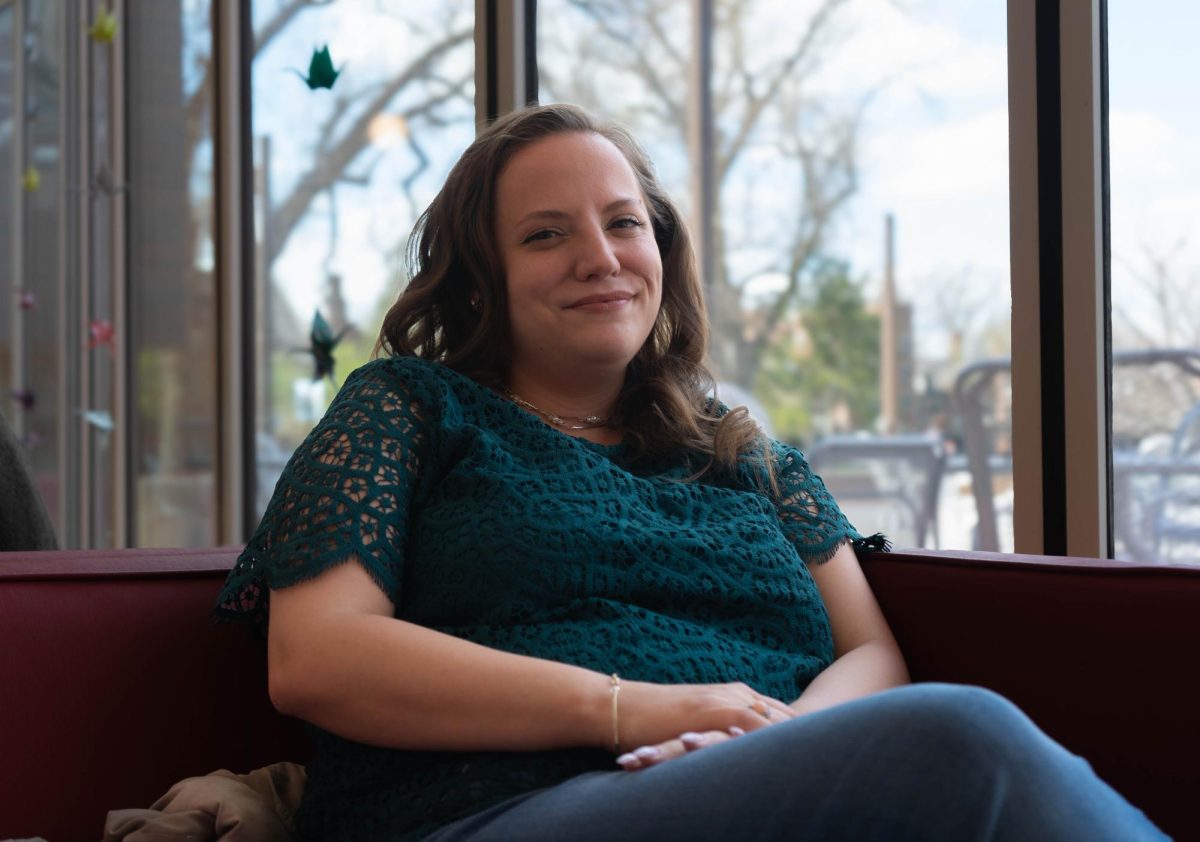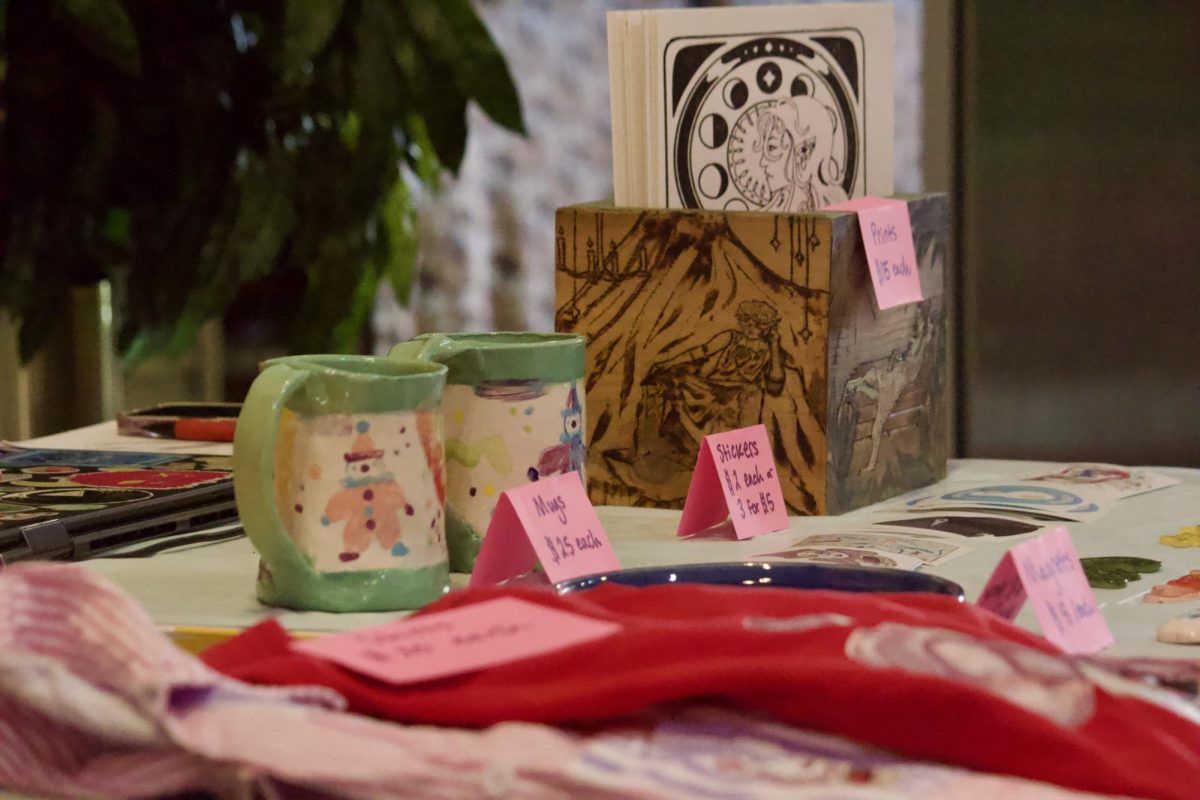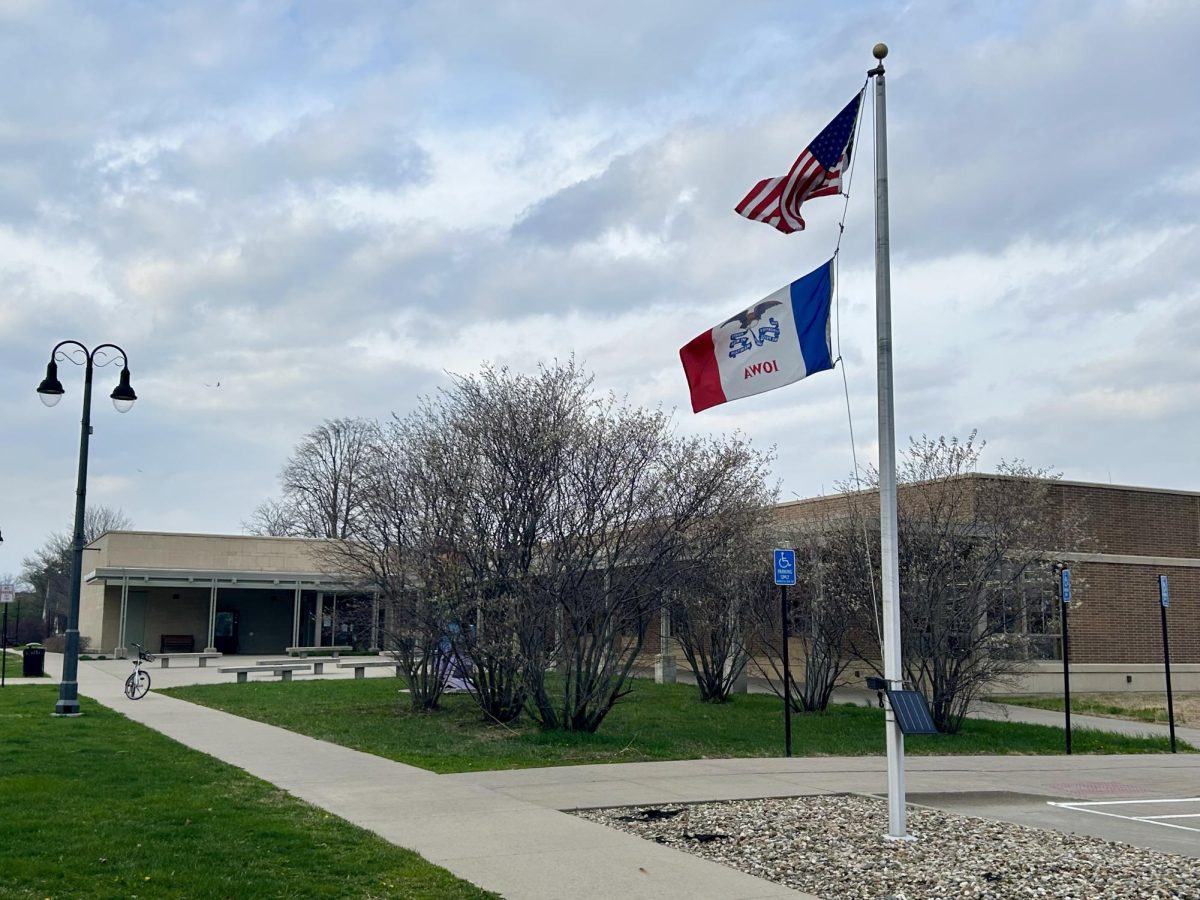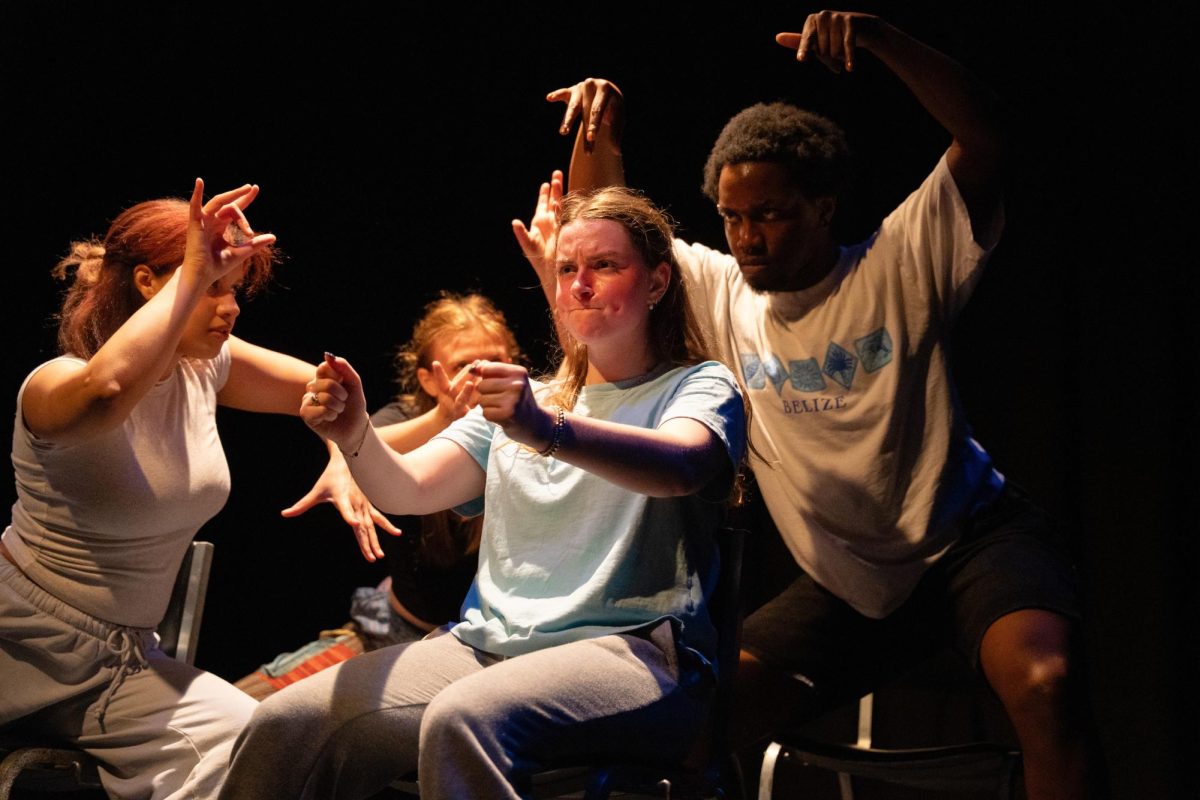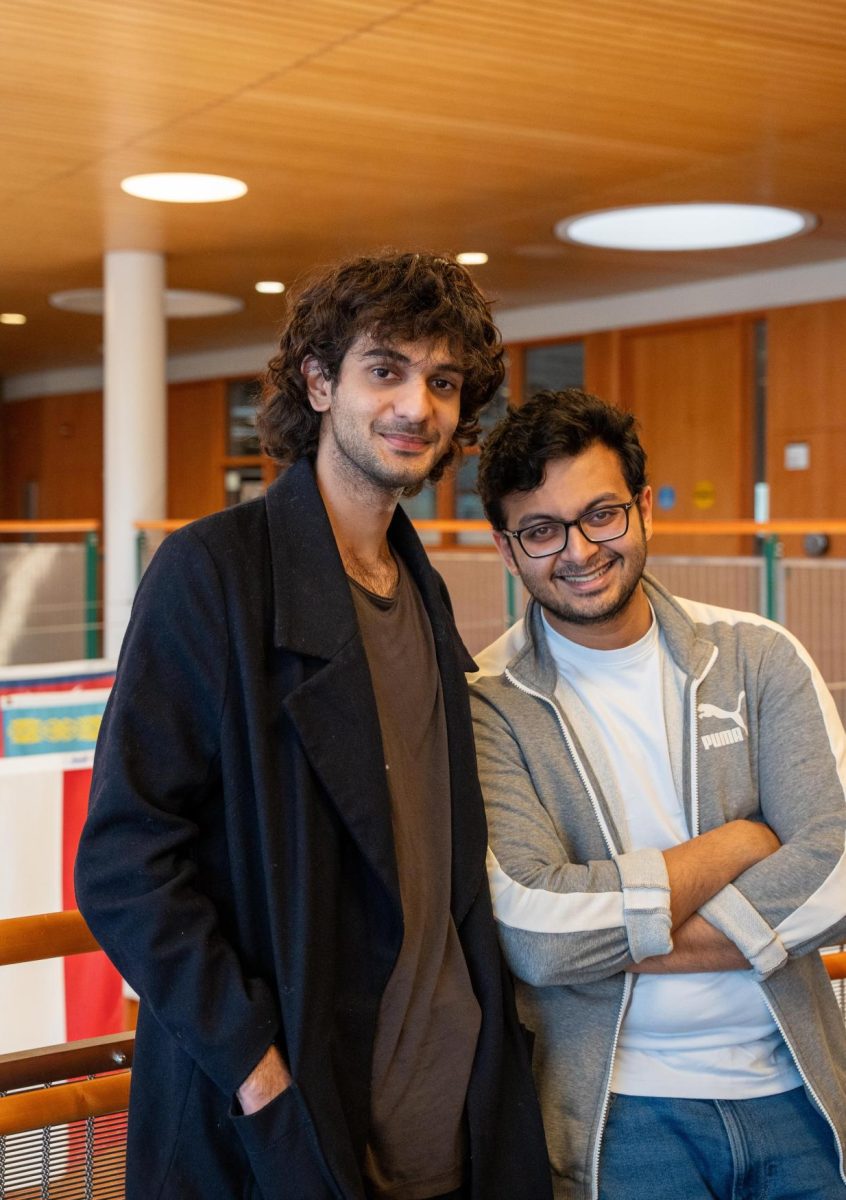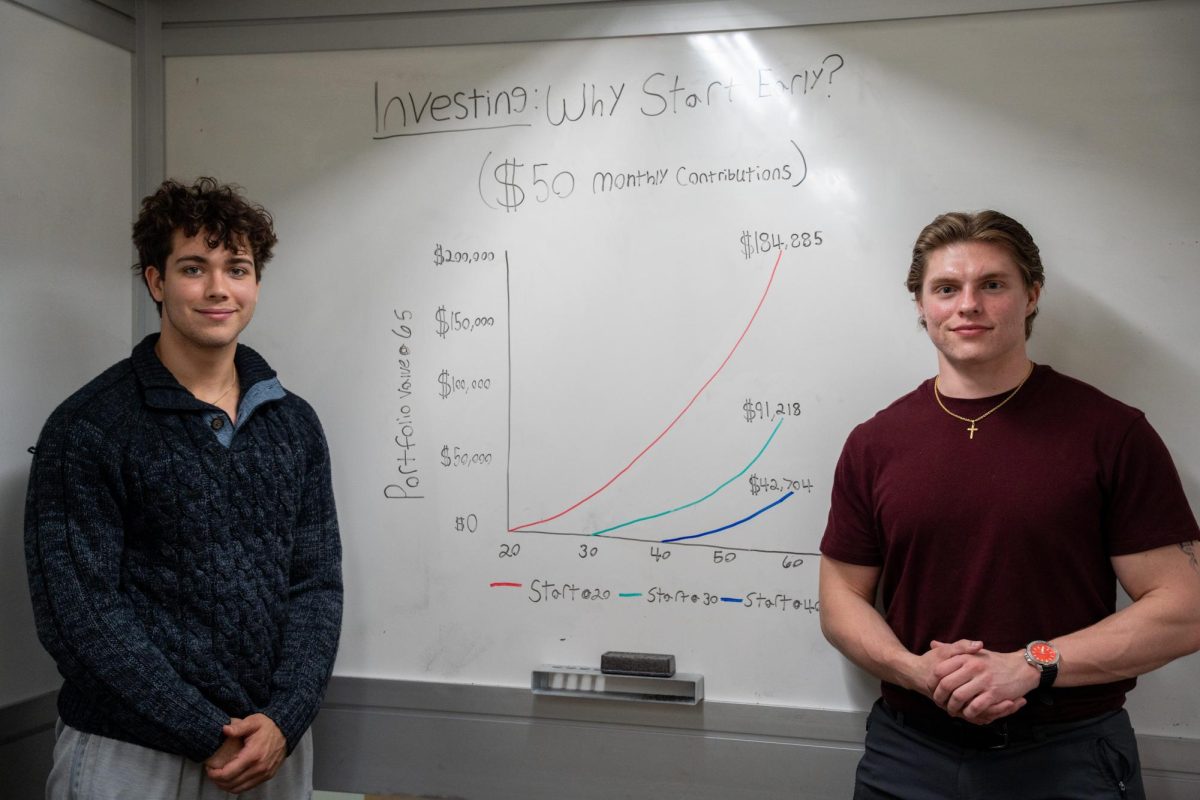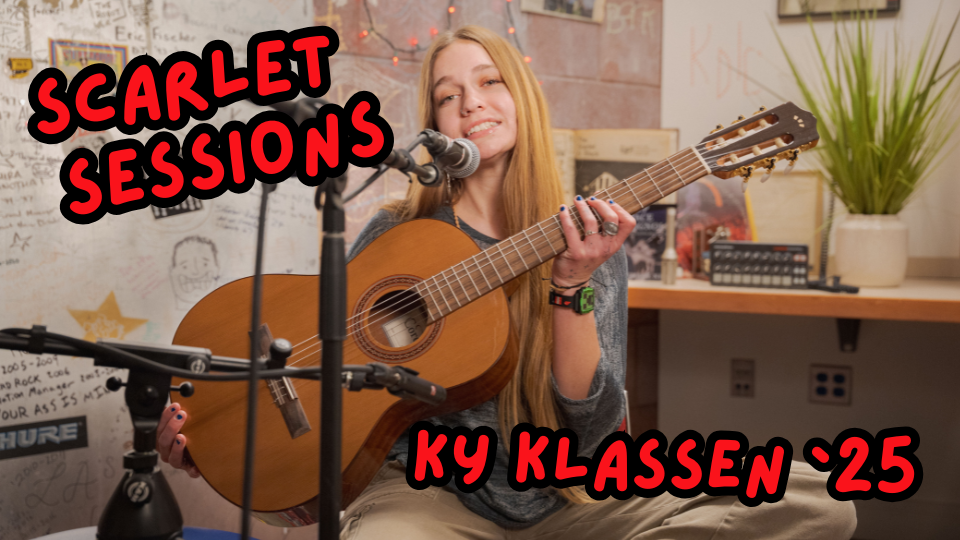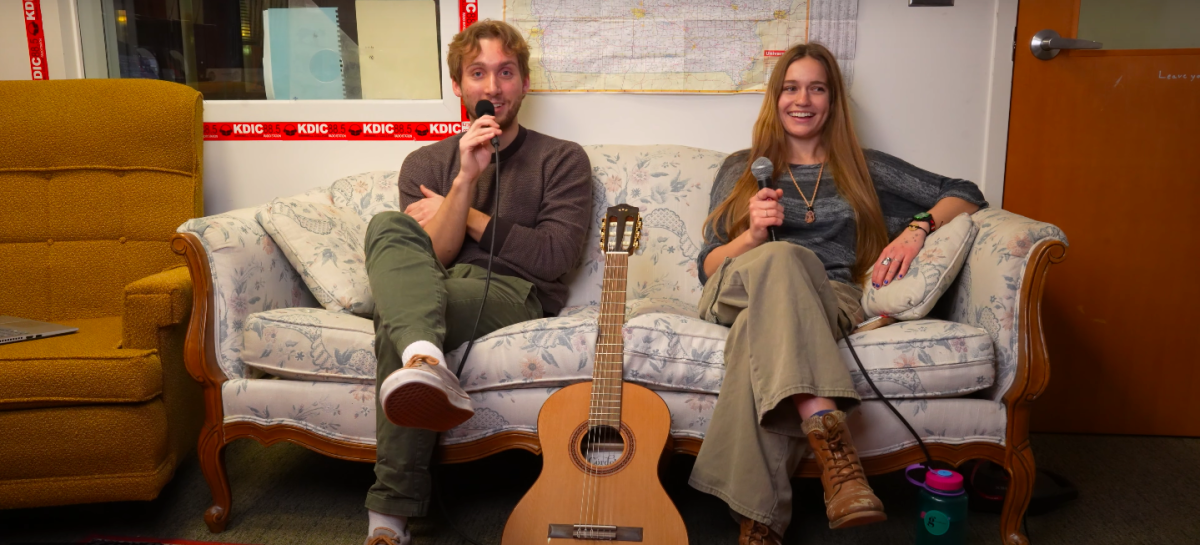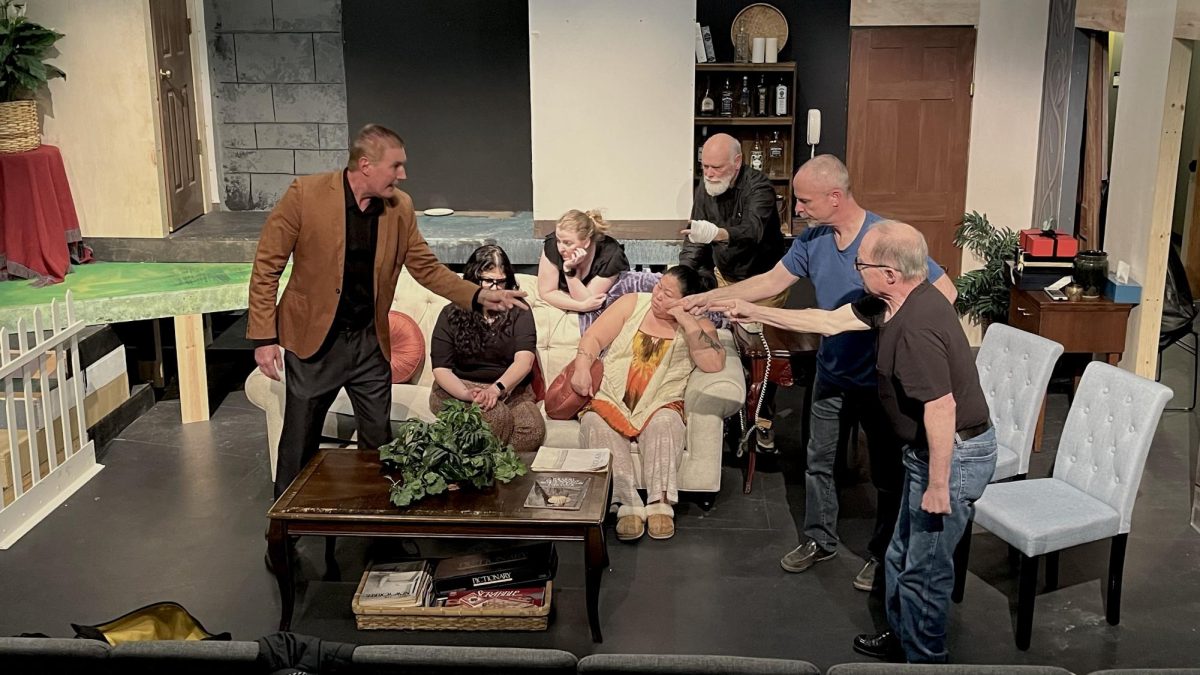Two Grinnell College students, Tayler Chicoine and Ana Novak, both ’14, have been named the recipients of the brand new Community Engagement Award, which includes a 1,000 dollar grant to further their respective community projects. Co-funded by the Office of Community Enhancement and Engagement and the Student Government Association, the Community Engagement Award recognizes up to three students who demonstrate initiative in collaborating with community partners to address a need in the community.
The award arose out of interactions between the Office of Community Enhancement and Engagement and the SGA. Both institutions realized an intersection in their interests: designating and allocating funds to community-oriented endeavors. Therefore, they discussed a structured way of working together to bolster student involvement in community projects, according to Monica Chavez-Silva, Director of Community Enhancement and Engagement.
At the same time, Chavez-Silva was having discussions with the Center for Careers, Life, and Service (CLS) concerning students returning from Grinnell College Alternative Break trips and other service trips who expressed desire to carry over some of their community service work to the local community. While community organizations could apply for grants through existing avenues, such as the Grinnell College Mini-Grant Program, students did not have an established grant to apply for to fund their initiatives.
“I think there’s a growing momentum and enthusiasm amongst the student body for getting involved with the local community and we wanted to encourage that,” Chavez-Silva said. “This is really the first project that helps specifically foster student ideas.”
A committee consisting of Chavez-Silva and Melissa Strovers, Program and Communications Manager for the Office of Community Enhancement and Engagement, SGA President Thomas Neil ’14 and Chris Hunter, Sociology reviewed applications and eventually picked two students who demonstrated a collaborative effort with a community partner to address a community need.
“We were pleased to see two creative projects that were so well-developed in partnership with somebody from the community,” Chavez-Silva said. “So that it wasn’t just the student’s idea of what might be appropriate for a community need, but it was also really something that had been built up together.”
Chicoine, one of the recipients of the Community Engagement Award, received the grant for her work with Iowater, a state organization affiliated with the Department of Natural Resources, which works to improve water quality and watershed awareness.
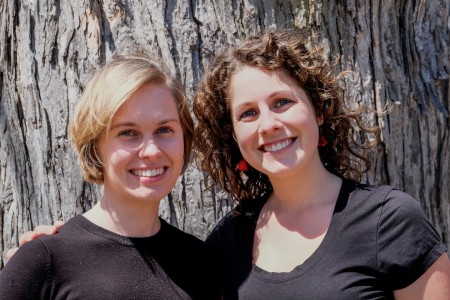
Chicoine’s interest in water conservation efforts sprouted from a summer internship during her sophomore year at the Poweshiek Soil and Water Conservation District. She brought her experiences back to campus by arranging a student water monitoring training session and thereafter developed a Mentor Advanced Project on Environmental Education with Doug Caulkins, Anthropology, which led her to realize the local need for increased watershed awareness. According to Chicoine, city dweller and rural farmer alike need to be more aware of how their daily practices affect water quality.
“Water is one resource that everyone needs in one shape or form, and in Iowa we don’t have issues with water quantity, but the quality of our water is really poor, due to agriculture and urban practices,” Chicoine said.
Chicoine believes that continued outreach and collaboration with community organizations will help sustain the group. She has also used the 1,000 dollar grant from the award to fund materials, such as a wader closet, trash grabbers and safety vests. Part of the grant will also be used to pay training fees for student volunteers interested in becoming certified water monitors.
Novak was presented the Community Engagement Award for her collaboration with Galaxy Inc., an after school program for local youth. A biology major, Novak, discovered an intersection between her loves for dance and science in the form of kinesthetic learning, and used this interdisciplinary mode of teaching to help children confront academic topics from an unconventional perspective: dance and creative movement.
Novak was introduced to the concept of kinesthetic learning and teaching various subjects through creative movements through her MAP mentor, Celeste Miller, Theatre.
“Part of my research [focused] on this abundance of scientific information, but a scarcity in its comprehension and understanding. A lot of individuals feel intimidated by scientific information just swirling around,” said Novak, who believes the kinesthetic teaching techniques can help youth become familiar with complex subject matter.
Last fall, Novak, along with Miller and Activate, a student dance ensemble group, worked with children ages four to 13, helping them learn qualities of molecular DNA through choreography. While the notion of translating a complex scientific concept into dance may be foreign, according to Novak, children were given images of DNA in various forms and responded positively when asked to translate characteristics of DNA. Within a session, children interpreted an attribute as simple as “twisty like a ladder,” into a choreographed dance.
“The idea behind kinesthetic learning is that students are learning by doing, moving. They might have created a dance based on twisty ladder helix shapes, but hopefully that’ll stay with them for a long time,” Novak explained.
Novak will use the grant money from the Community Engagement Award towards furthering and sustaining collaboration between the Grinnell College dance program and Galaxy Youth. After graduation, Novak hopes to translate the skills and experience she has learned and developed in the community-oriented project to work with different communities. According to Novak, educators in local school districts have expressed interest in conjoining dance and science in kinesthetic learning techniques to their own curriculum.
“The great thing about this is that all you really need is a lesson plan, your body and some music,” Novak said.
In its trial year, the Community Engagement Award has already garnered attention from other community organizations, such as the Ahrens Foundation, that have expressed interest in funding the project. Students interested in applying for the award next year are encouraged to contact Susan Sanning at the CLS.
Editor’s note: A previous version of this article incorrectly listed the monetary value of the Community Engagement Award. The article has been amended to correct this error.




